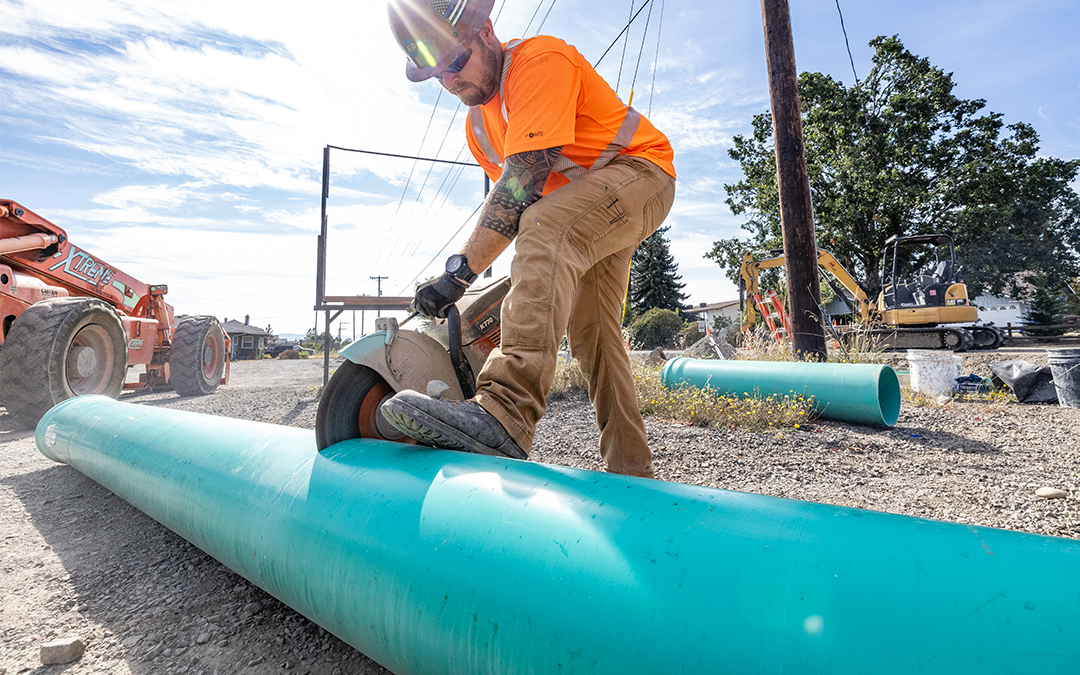When choosing a career, it’s important to think about what that job might look like in 10, 15, or even 20 years. For example, while carriage maker may have been a great career choice in the 1850s, the chances of finding an opening for one in the 21st century are low. Horse drawn carriages were a huge need 200 years ago, but these days the need for them is extremely minimal in most countries because we all drive cars.
Changes like this are important to keep in mind since you don’t want the demand for your job to go away or disappear entirely. A good start when considering a career is considering how recent advancements in technology may impact that field.
Technology in the Skilled Trades
The improvement of technology like AI tools over the past 5 years has changed the way some companies operate. Many jobs will change with the new technology, but some may even be phased out. Forbes recently came out with an article that highlights some of the jobs that are most likely to be replaced by AI. Positions on the list include:
- Data Entry and admin tasks
- Customer service
- Manufacturing and assembly line jobs
- Basic analytical roles (like financial analysis)
- Graphic design
- Translation
- Corporate photography
None of this means that people shouldn’t go into manufacturing or graphic design, but it is a good idea to consider what the future will look like as the world and technology changes. With this in mind, what sort of outlook does the construction industry have?
Well, no AI currently changing so many jobs are able to pave a road, dig an irrigation trench, or frame out a structure. It can help with some of those jobs, for example the addition of GPS or AI systems into operating equipment or using AI analysis for project estimating, but someone still needs to actually build the structures. Plus, the construction industry has a ton of advantages like paid training, competitive wages, advancement opportunities and great benefits.
Job Growth in the Skilled Trades
Another great way to ensure you chose a highly in-demand career is by checking out some industry growth statistics. For example, did you know that with increased demand for new buildings, roads, and other structures, the construction industry is expected to account for over 600,000 job openings per year across the United States over the next decade? Lets compare that to some other industries:
- Architecture and Engineering: 200,000 openings per year
- Arts and Design: 90,000 openings per year
- Business and Financial: 950,000 openings per year
- Computer and Information Technology: 350,000 openings per year
- Farming, Fishing, & Forestry: 145,200 openings per year
Clearly, there is growth expected in a ton of different industries, but from a numbers standpoint, construction comes out above almost all the rest. According to the Bureau of Labor Statistics, the Business and Financial sector will outpace construction in pure job numbers, however, not everyone is interested in working with numbers, sitting at a desk, or going to college. For those of us that aren’t academically inclined, the construction industry offers more jobs than almost any other area.
With this boom on the horizon, there’s never been a better time to start your career in the skilled trades! There area all kinds of different jobs out there from drywall finisher or brick worker to ironworker or electrician. While ALL of the construction trades are going to have more jobs to offer over the next 10 years, some will have more openings than others. So how do you know which trades are going to have the MOST growth? Luckily, we’ve put together a list of the most in demand trades over the next decade.
Top 5 Construction Trades 2020 – 2030
5. Plumber – 43,300 openings per year
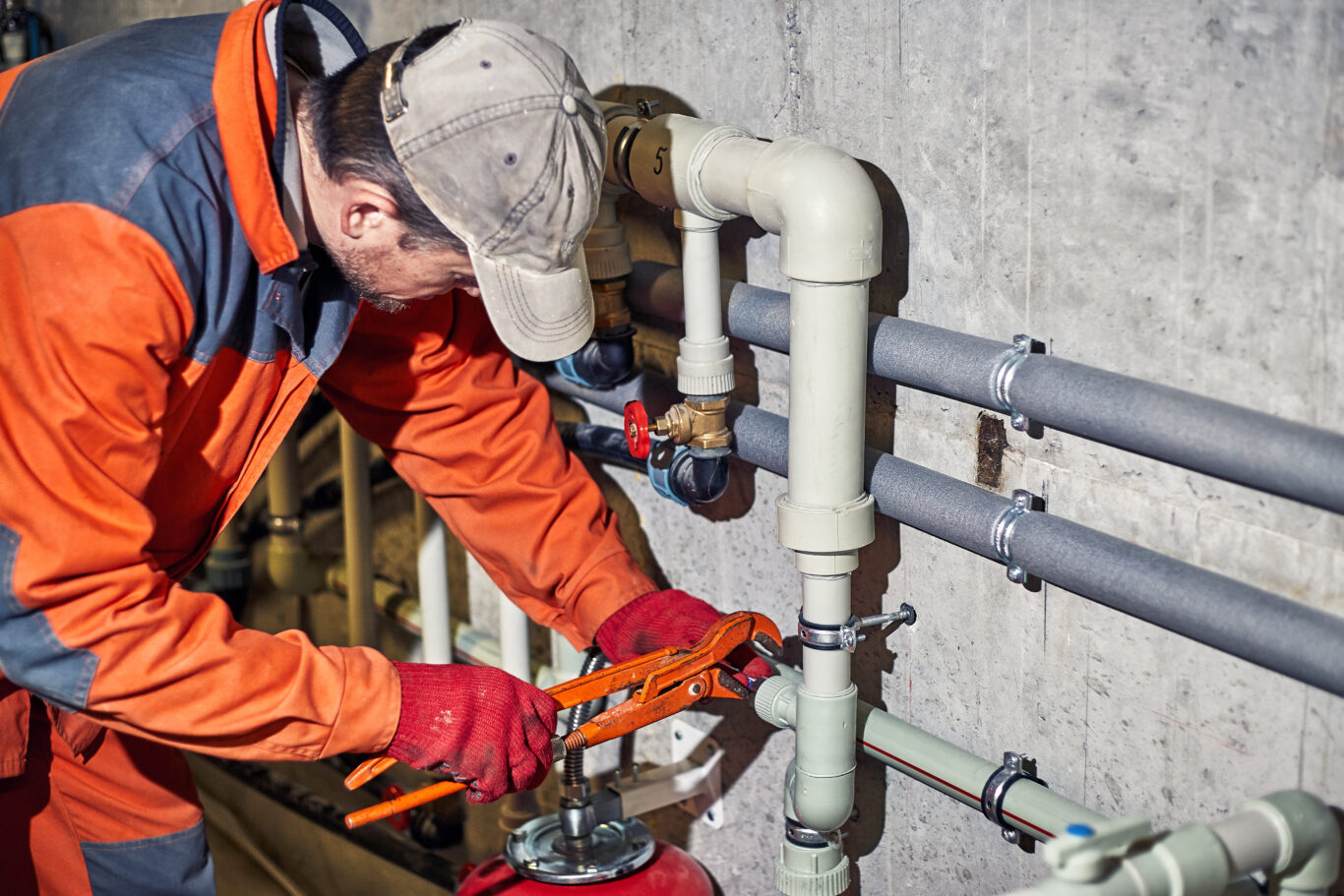
Plumbers assemble, install, and repair pipes, fittings, medical gas systems, and fixtures of heating, water, and drainage systems, such as sinks, commodes, bathtubs, water heaters, hot water tanks, garbage disposal units, dishwashers, and water according to specifications and plumbing codes. They locate and mark the position of pipe, pipe connections, and passage holes for pipes in walls and floors using ruler, spirit level, and plumb bob. They cut openings in walls and floors to accommodate pipe and pipe fittings, using hand tools and a threading machine.
Plumbers also bend pipe using a pipe-bending machine or by placing pipe over a block and bending it by hand; assemble and install valves, pipe fittings, and pipes composed of various metals or glass, vitrified clay, and plastic; and use hand tools and power tools. Plumbers may weld holding fixtures to structures..
Average national wage: $29.59/hour
Average Oregon Wage: $27 – $55/hour
What you need:
- 18 years old
- High school diploma or GED
- 144 to 216 classroom hours per year
- 8,000 to 9,500 hours on-the-job training
4. Carpenters – 76,500 openings per year
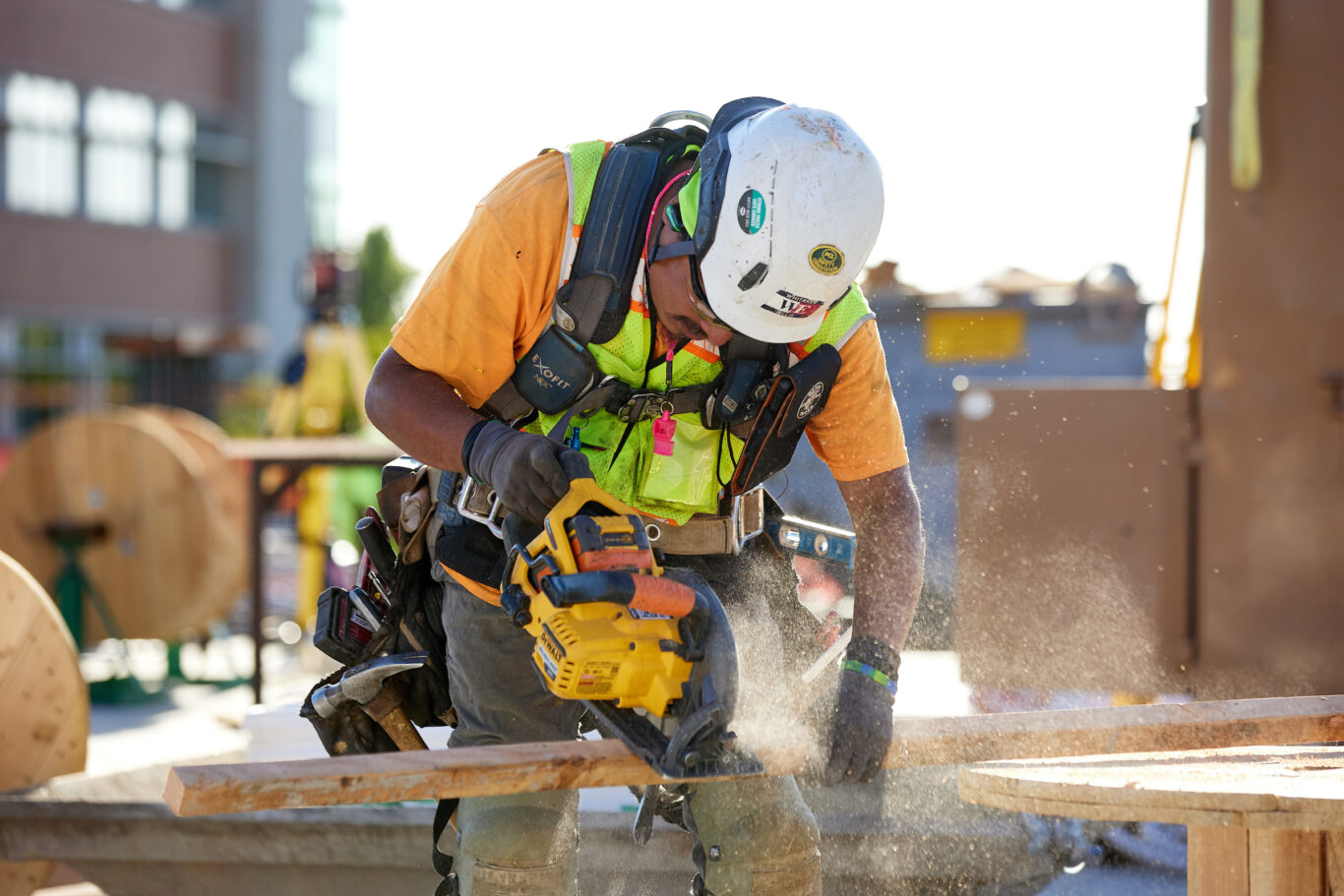
Carpenters build or remodel almost every kind of structure, including houses and commercial buildings, bridges, churches, factories, and highways. They work with power and hand tools to build wood framing for houses, roofs, stairs, decks, and sheaths, and forms for concrete. Carpenters install doors, windows, and handrails, build cabinets, and counter tops. Carpenters perform interior and exterior finish work. They read blueprints, measure accurately, and calculate dimensions.
Average national wage: $27.09/hour
Average Oregon Wage: $30 – $60/hour
What you need:
- 18 years old
- 576 classroom hours
- 8,000 hours on-the-job training
3. Operating Engineer – 45,700 openings per year
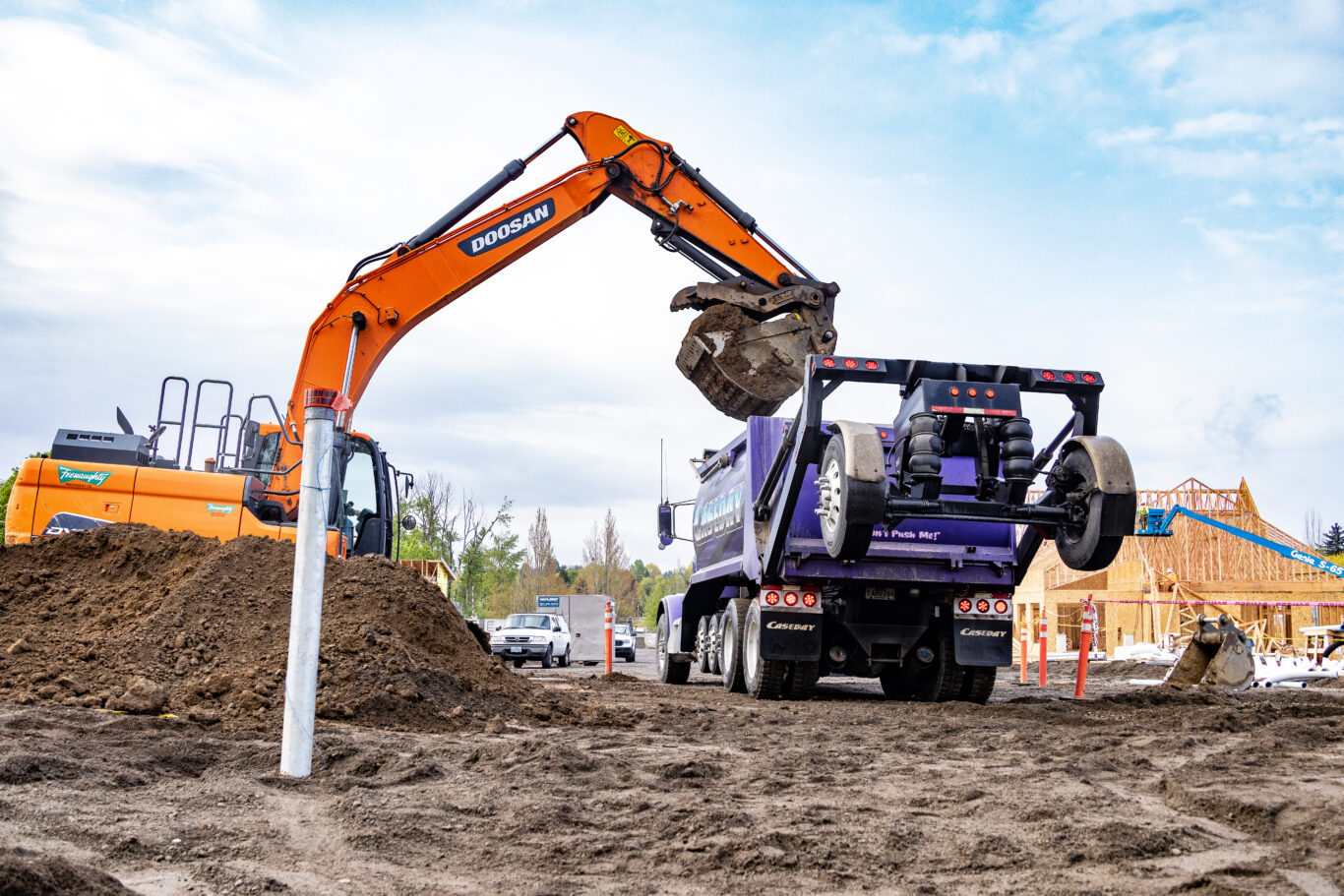
Operating and technical engineers operate construction equipment such as heavy-duty trucks, cranes, bulldozers, pavers, rollers, trench excavators, and many other kinds of equipment used in constructing buildings, dams, airports and highways. Apprentices may also work as heavy-duty truck and equipment mechanics (heavy duty repairer) and as technical engineer surveyors.
Average national wage: $26.57/hour
Average Oregon wage: $35 – $54/hour
What you need:
- 18 years old
- High school diploma or GED
- 144 classroom hours per year
- 6,000 to 8,000 on-the-job training hours
2. Electrician – 80,200 openings per year
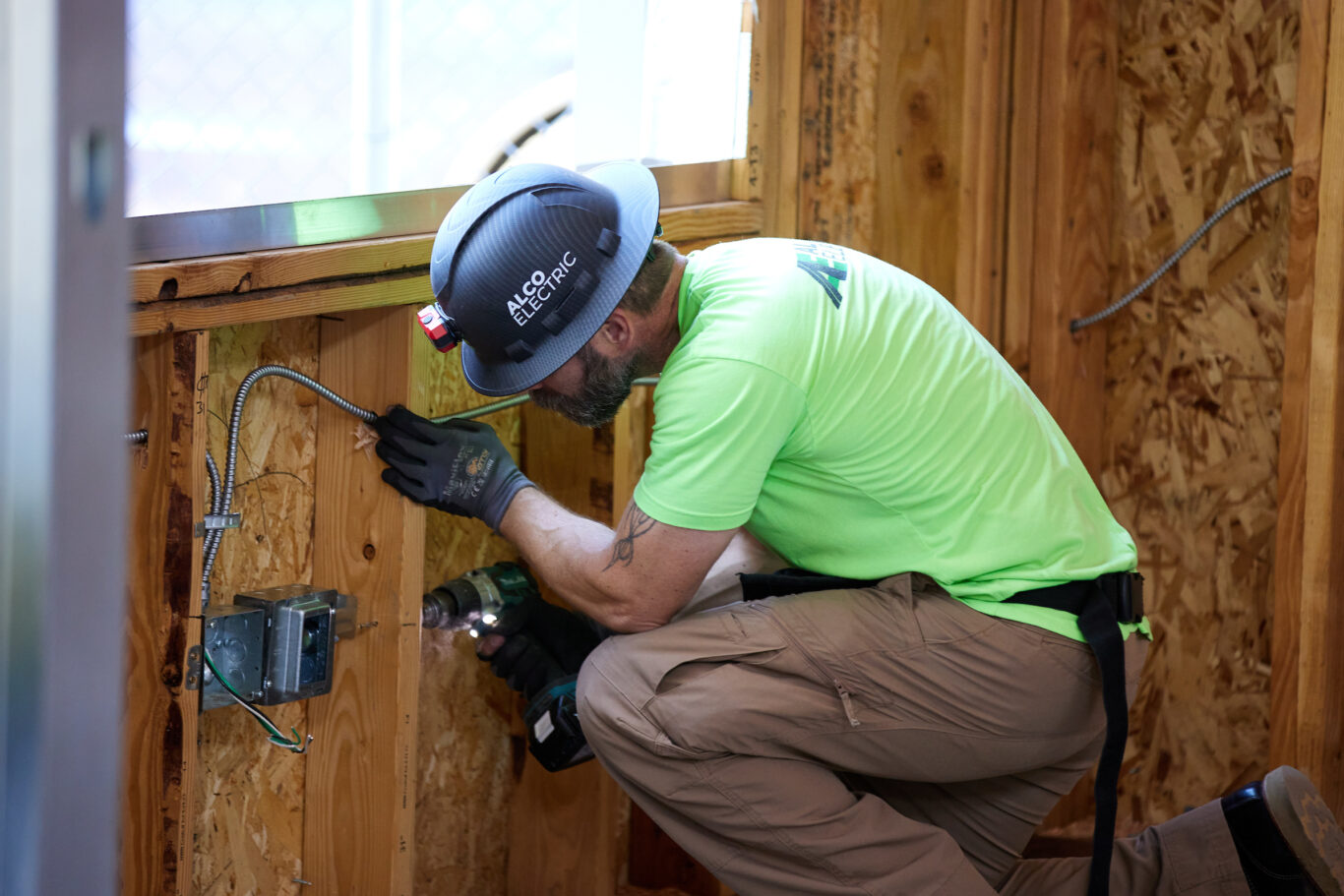
Inside electricians perform electrical installations, construction, maintenance, repair, and service. They work on electrical construction projects ranging from single-family residences to state-of-the-art industrial plants. They install conduits and wire lighting, switches, converters, and complex computerized systems. Electricians work in almost every type of outdoor or indoor condition.
Average national wage: $29.61/hour
Average Oregon Wage: $34 – $57/hour
What you need:
- 18 years old
- High school diploma or GED
- 144-180 classroom hours per year
- 8,000 hours on-the-job training
1. Construction Laborer – 154,900 openings per year

Laborers perform many tasks that require physical labor on construction sites. They may be skilled or unskilled workers with duties as varied as clearing timber and brush, removing demolished materials from a job site, placing and vibrating concrete, landscaping, installing pipe, handling the materials for other trades workers, or using explosives to demolish buildings. Laborer work is performed both indoors and outdoors and may be done on a surface environment, at extreme heights, underground, or above or under water.
Average national wage: $21.30/hour
Average Oregon wage: $27 – $44/hour
What you need:
- 18 years old
- 144 classroom hours per year
- 4,000 on-the-job training hours
Whether you’re involved in one of these trades or you’ve been thinking of joining this rapidly growing industry, construction jobs are here to stay. Take our quiz to find out which skilled trade is best for you.

